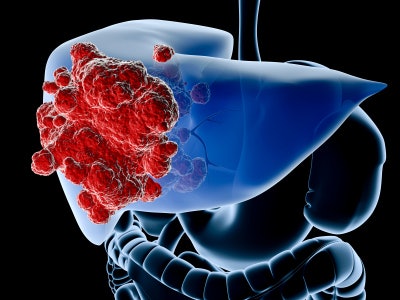
Bionano Genomics on Tuesday announced the publication of a study in Cancer Research demonstrating the use of optical genome mapping (OGM) to investigate a molecular subgroup of hepatocellular carcinoma (HCC), the most common form of liver cancer, and to explore the complex structural variations induced by replication stress.
Replication stress may cause genomic instability in cancer cells and may activate oncogenes and disrupt tumor suppressors, Bionano said.
The study, conducted by a team at Sorbonne Université, used a workflow that combined OGM with whole genome sequencing (WGS) to maximize the detection of pathogenic variants and likely pathogenic variants, and to investigate complex rearrangements and resolve them at base pair resolution.
The researchers also compared OGM to WGS and found that, of all structural variations detected using OGM, WGS detected only 63%, Bionano said.
OGM also revealed a median of 1.4 times more structural variations than WGS, ranging from classical tandem duplications to complex tumor initiating cells with multiple template-switching events, the company added.
The study “shows that OGM can be more sensitive for detecting large structural variations than WGS, and it provides a nice example of how complementary the two methods are,” Erik Holmlin, president and CEO of Bionano, said in a statement.















